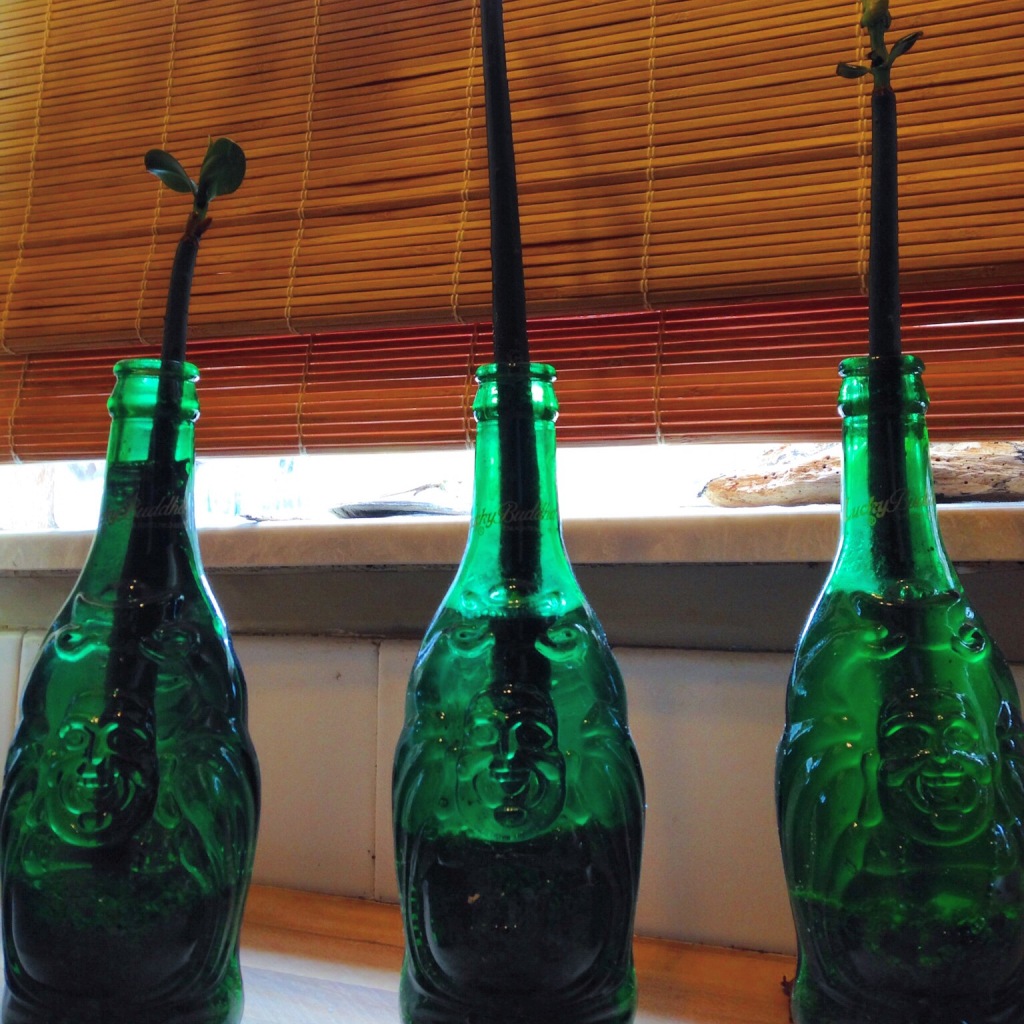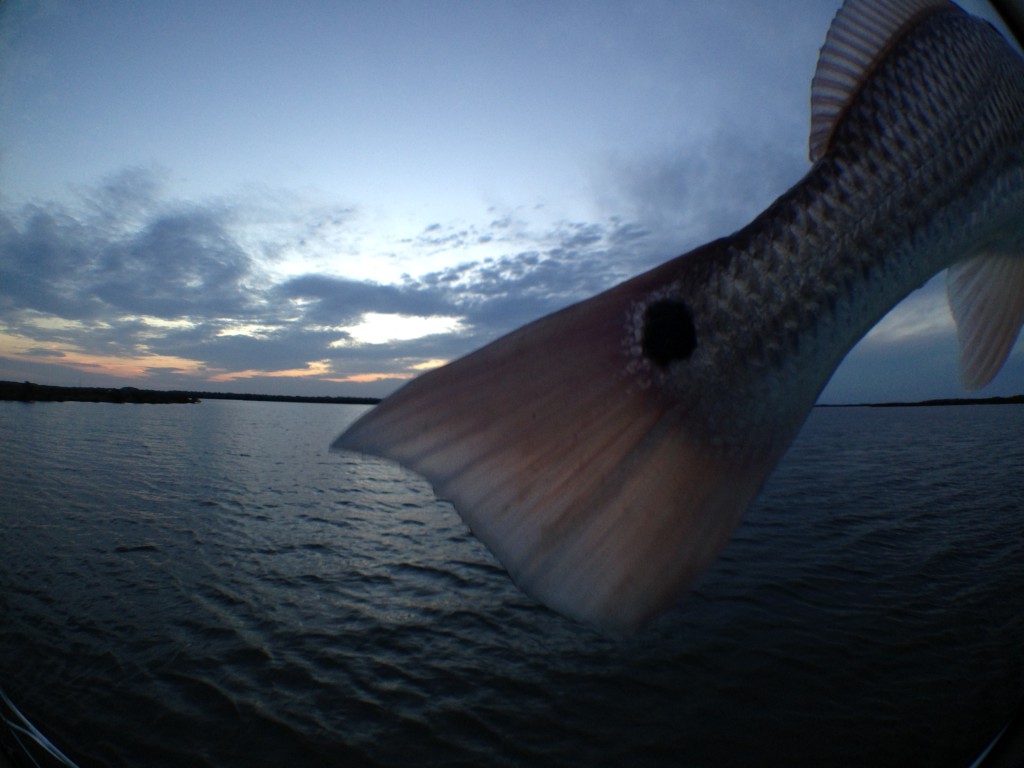A lot of money is spent every year by fly rod manufacturers to message anglers with this timeless message; You’ll cast better if you buy our new greatest fly rod ever.
For the most part, its a bunch of B.S.. Really, the rod is part of the equation, but its hardly the end all, be all, when it comes to placing a fly in front of a fish.
If fly rod manufacturers were building airplanes or spaceships, we would be able to go from New York to Tokyo in 10 minutes or head up to Mars for the afternoon if you transposed their claims to flight.
The simple truth of the matter is this: The angler is an engine. The fly rod a transmission, and fly line is the driveshaft.
If the engine isn’t tuned to perform, the transmission and drive line simply won’t deliver the power to get the payload to the target.
In a nut shell, its the indian, not the bow or arrow that gets the job done.
Once you’re able to exclude the latest and greatest hype from far more crafty minds than mine, you can cut through the marketing and evaluate fly rods at their basic level to guide you in your buying decision.
The Bow & Arrow
The blank is the core of the assembled product and depending on what it is made from, it will have different flex characteristics. Beyond simply the material, the manner in which its layered and rolled into a long tapered cylinder affects its flexing profile. Blanks range from slow action to ultra-fast action depending upon this principle.
The remaining hardware that is affixed to the blank, from the reel seat, cork, winding, stripping and running line guides and tip top make it a fly rod.
Blanks and components can range in quality and depending upon that alone, can affect the cost to make the rod. The retail price is arbitrary and is determined by the seller, often in an effort to imply just how great the fly rod must be.
Key things to look for in the components are the quality of the cork, the material used for the reel seat and the guides. Anodized aluminum and titanium are corrosion resistant and fare well in salt water if thats where you plan to fish.
If you’re aware of the qualities to look for you will be armed with the knowledge required to save a few bucks and still end up with a rod that will perform well and last a life time.
The Indian
Plenty of anglers have taught themselves to fly cast. Its not rocket surgery.
If you’re lucky enough to be one of the well coordinated anglers that possesses a natural ability to form a tight loop you’re good to go from the start. If not, invest in some hands on lessons. Find a friend you trust, a guide or an instructor that will give you low key, constructive advice on what you’re doing right and guidance on how to improve on areas where you’re not quite up to speed. Don’t settle, instruction that is belittling or doesn’t fit your personality is more harmful than good. Once you’ve worked through any issues and form a solid casting foundation, practice.
Practice, practice, practice.
Spend time on the lawn if you must, but make an effort to find a pond or stream where you’ll be casting on the water to make the practice pay off. The key to any learned behavior is to practice it in the same manner you’ll have to perform it. Fly fishing is no different.
The Scoop
To tie all of this together, the final piece of advice is to avoid the very human condition of buying into the latest marketing and spending your hard earned money on a “silver bullet” fly rod based on claims of it turning you into the best caster ever. Use your intelligence and knowledge to examine as many fly rods as possible, cast as many as possible and then, and only then, decide which one feels the best to you and how you cast before buying. You just might find out that a less expensive option serves your style much better than the newest, latest and greatest…
The only objective part of your buying decision is going to be how well a fly rod has been made by looking at the components that were used. The rest is subjective. Make sure its slanted in your favor and leave that “best caster” title to the guy at the ad agency.


